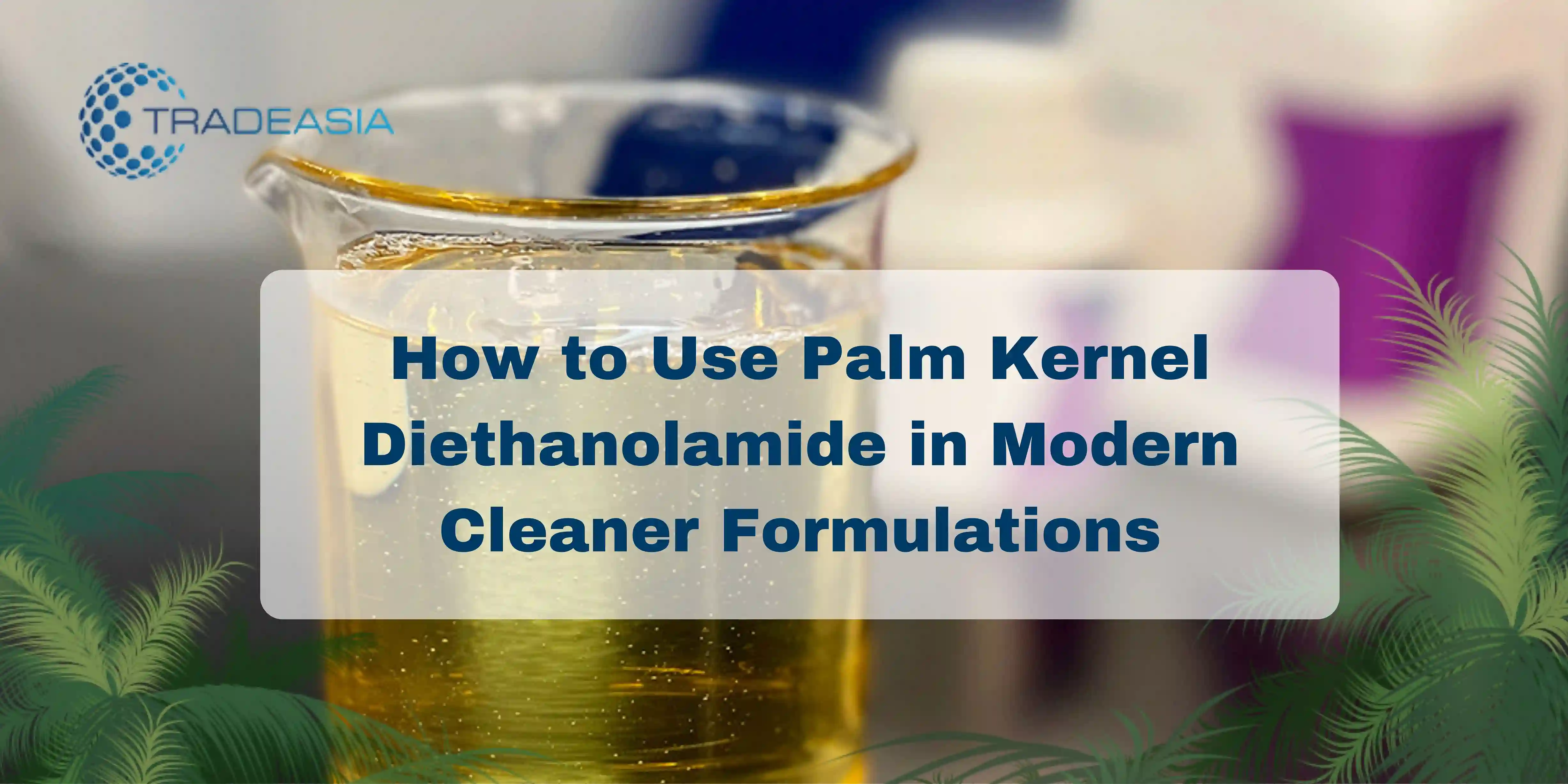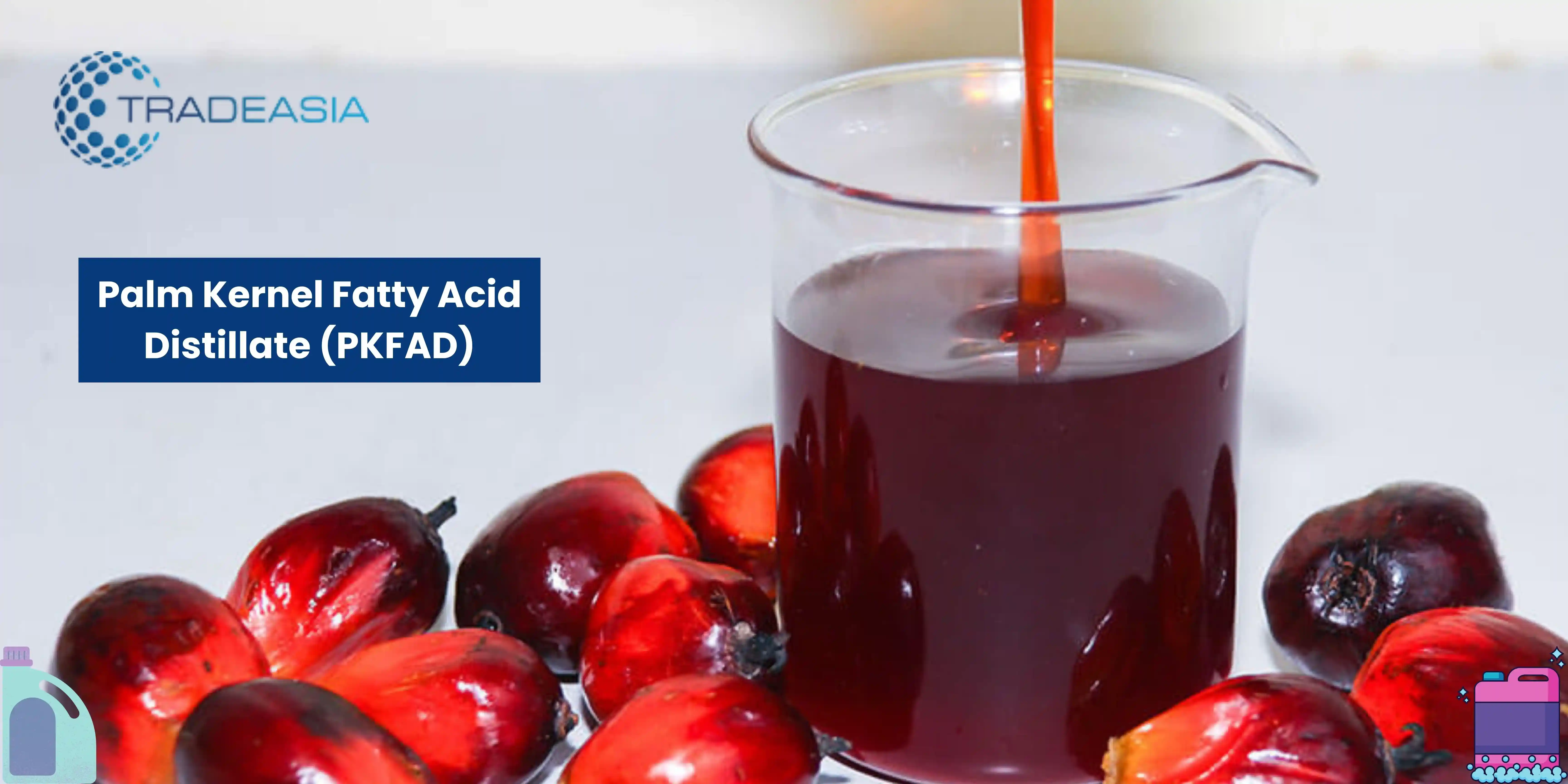Palm Acid Oil and Its Growing Role
Palm Acid Oil (PAO) is a byproduct derived during the refining of crude palm oil. Although traditionally viewed as a lower-value byproduct, PAO has gained increasing importance in various industries due to its cost-effectiveness and chemical composition rich in free fatty acids. One of the most prominent sectors where PAO is applied is the detergent industry, where it serves as a feedstock for soap and surfactant production.
As the global demand for cleaning and personal care products grows, particularly in emerging economies, the detergent industry is continuously exploring raw materials that offer both performance and affordability. Palm Acid Oil fits this requirement well, positioning itself as a sustainable and competitive input.
This article explores the applications, benefits, and future opportunities of PAO in the detergent industry, highlighting its role in global markets, sustainability trends, and its potential as a strategic material in the coming decade.
Chemical Composition and Properties of Palm Acid Oil
Palm Acid Oil is characterized by a high concentration of free fatty acids (FFA), typically between 40–50%, along with residual neutral oil. This makes it an attractive raw material for soap and detergent manufacturing, where fatty acids are key building blocks.
Its chemical profile closely resembles that of crude palm oil, but with higher acidity. This composition makes PAO particularly suitable for saponification, where it reacts with alkalis like sodium hydroxide to produce soap. The presence of impurities and odor, which limit its use in food-grade products, is not a constraint in detergent applications.
Additionally, PAO’s cost advantage compared to refined palm oil makes it a more economical choice for detergent manufacturers. By utilizing this byproduct, companies can reduce production costs without compromising product performance.
Applications of Palm Acid Oil in the Detergent Industry
The detergent industry uses Palm Acid Oil primarily in soap manufacturing, where it serves as a feedstock for producing laundry and toilet soaps. Its high fatty acid content ensures effective cleaning properties, foaming, and lather formation.
In industrial cleaning products, PAO-derived fatty acids are incorporated into surfactants, enhancing emulsification and grease removal. This application is particularly important in heavy-duty detergents and cleaning agents used in industrial and institutional settings.
Beyond soaps and industrial cleaners, PAO also plays a role in producing detergent powders and bars, especially in developing markets where affordability is a key factor. The ability of PAO to lower raw material costs while maintaining efficiency makes it a preferred option for mass-market detergent brands.
Economic Benefits of Using Palm Acid Oil
One of the primary benefits of PAO in detergents is its cost-effectiveness. As a byproduct, PAO is priced lower than refined palm oil, giving manufacturers a competitive edge in raw material sourcing. This is crucial in the detergent industry, where margins are tight, and price competitiveness defines market success.
Using PAO also contributes to waste reduction and resource optimization in the palm oil refining industry. Instead of being discarded or used solely as low-value animal feed, PAO is repurposed into higher-value applications such as detergents, enhancing the overall efficiency of the palm oil value chain.
Moreover, by lowering production costs, PAO enables detergent producers to offer affordable cleaning products in price-sensitive markets such as Asia, Africa, and Latin America, thereby expanding consumer access to essential hygiene products.
Sustainability and Environmental Impact
Sustainability is a key concern in today’s detergent industry. PAO offers significant environmental advantages by utilizing a byproduct of palm oil refining, thereby reducing waste and supporting circular economy practices.
As global brands face pressure to improve their sustainability credentials, PAO provides a renewable and biodegradable alternative to petroleum-based raw materials. This aligns with consumer demand for eco-friendly detergents and regulatory pushes for greener formulations.
However, the sustainability of PAO is linked to the broader palm oil industry. Ensuring that PAO is sourced from certified sustainable palm oil (CSPO) is essential to address concerns about deforestation, biodiversity loss, and social impacts associated with palm plantations.
Regional Market Insights
-
Asia-Pacific
Asia-Pacific dominates PAO consumption in detergents, with countries like India, Indonesia, and China leading demand due to large populations and expanding detergent markets.
-
Africa
In Africa, PAO is increasingly used in local soap manufacturing, where affordability is key. Many small- and medium-scale soap producers depend on PAO as a low-cost raw material.
-
Europe and North America
While less reliant on PAO, these regions are witnessing growing interest due to sustainability trends. The shift toward renewable and biodegradable detergent ingredients is creating niche opportunities for PAO.
Challenges in Using Palm Acid Oil
Despite its advantages, PAO use comes with challenges. One major issue is the inconsistent quality due to variations in refining processes. High impurity levels can affect product performance and require additional refining before use in detergents.
Another challenge is the odor and coloration of PAO, which may not be suitable for premium detergent products targeting high-end consumers. This limits its application mainly to mass-market and industrial-grade detergents. Finally, the dependence on palm oil production raises concerns about supply stability. Fluctuations in palm oil yields due to climate, market demand, or regulatory changes can directly affect PAO availability and prices.
Future Opportunities for PAO in Detergents
Looking ahead, PAO presents significant opportunities in the detergent industry. The growth of emerging markets will continue to drive demand for affordable cleaning products, solidifying PAO’s role as a cost-effective raw material.
Innovations in refining and purification could enhance PAO’s quality, enabling its use in higher-value detergent segments such as premium soaps and eco-labeled cleaning products. This would expand its applications beyond current limitations.
Additionally, as sustainability becomes a defining factor, PAO’s status as a byproduct offers branding opportunities for companies aiming to promote circular economy and resource efficiency. This could strengthen its adoption in environmentally conscious markets.
Market Outlook 2025 - 2033
From 2025 to 2033, global demand for detergents is expected to grow steadily, especially in Asia and Africa. PAO’s affordability and effectiveness will ensure continued reliance by soap and detergent manufacturers.
Export opportunities for PAO-based detergents are likely to expand, particularly in markets where cost sensitivity drives consumer choices. Countries with established palm oil refining industries, such as Malaysia and Indonesia, will play a key role in supplying PAO for global detergent production.
Overall, the market outlook is positive, with PAO poised to become an even more strategic raw material in balancing cost, sustainability, and performance in the global detergent industry.
Conclusion
Palm Acid Oil, once considered a low-value byproduct, has emerged as a strategic feedstock for the detergent industry. Its affordability, high fatty acid content, and role in waste valorization make it indispensable for global soap and detergent production.
As consumer demand for affordable yet sustainable cleaning products grows, PAO will remain central to bridging cost efficiency and eco-friendly practices. Innovations in refining and sustainability certification will further enhance its acceptance in global markets.
In conclusion, Palm Acid Oil is not just a byproduct it is a key enabler of growth, sustainability, and opportunity in the detergent industry for the decade ahead. Whether you need product information or tailored solutions, we are just a message away. Contact us to learn how we can help.
References


Leave a Comment